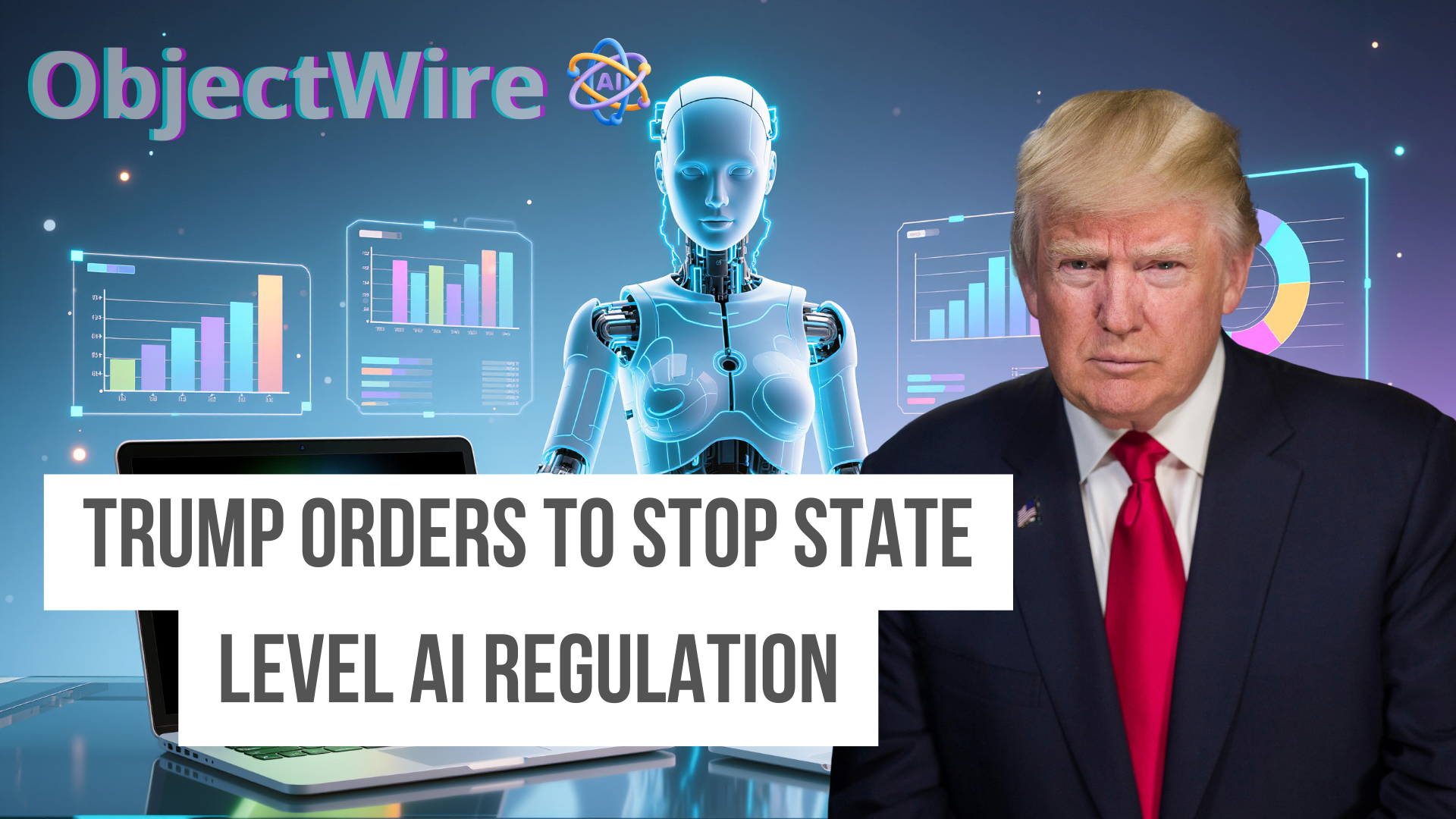Trump Signs S. 1582 the GENIUS Act into Law | Implications for Tether Stablecoins and Financial Markets
On June 17, 2025, the U.S. Senate passed the GENIUS Act, a landmark bill celebrated as a win for the cryptocurrency industry.
What Are Stable Coins?
Sstablecoins are digital currencies pegged to the U.S. dollar are now to be backed by U.S. Treasury bonds,
The Guiding and Establishing National Innovation for U.S. Stablecoins Act (The
GENIUS Act) aims to bring stability and legitimacy to the volatile crypto market. However, beneath the promise of regulated digital dollars lies a troubling possibility: the GENIUS Act could sow the seeds for the next global economic crash. This article explores the Act’s mechanics, its ties to the
U.S.’s $34 trillion debt, and why it raises serious concerns for global financial stability.
The Roots of Stablecoins and the GENIUS Act
Cryptocurrencies emerged with Bitcoin in 2008, envisioned as a decentralized “digital gold” free from government control, as outlined in Satoshi Nakamoto’s whitepaper. Unlike traditional currencies tied to national economies, Bitcoin’s value was meant to be determined by a globalized computer system, akin to a modern gold standard. However, the crypto market has since become a speculative playground, with volatile prices resembling a casino more than a stable store of value.
To address this, stablecoins were created—cryptocurrencies pegged to stable assets like the U.S. dollar to attract cautious investors. The GENIUS Act takes this further by mandating that stablecoins be backed by U.S. Treasury bonds, low-risk securities that finance government spending. Using blockchain’s secure, transparent ledger, the Act positions stablecoins as a trusted medium for global payments, savings, and programmable financial systems. But tying digital dollars to the U.S.’s massive debt introduces risks that could ripple worldwide.
How the GENIUS Act Works
Under the GENIUS Act, stablecoins function like casino chips: you exchange dollars for digital tokens, use them for transactions, and the issuer guarantees their 1:1 redemption for dollars. Major corporations like Amazon and Walmart are reportedly planning to issue their own stablecoins, raising questions about interoperability. Will Amazon’s tokens be accepted at Walmart? If every company creates its own digital currency, how will consumers navigate this fragmented system?
The Act’s regulation aims to ensure stability by requiring issuers to hold sufficient Treasury reserves. However, this doesn’t eliminate risk. The 2022 Terra crash in South Korea, which erased nearly half a trillion dollars from crypto markets overnight, shows what happens when a stablecoin issuer fails to maintain reserves, as detailed in this CoinMarketCap analysis.
The Risk of a Global Financial Crisis
The GENIUS Act’s reliance on Treasury bonds ties stablecoins to the U.S.’s $34 trillion debt, as reported by the Federal Reserve Bank of St. Louis. Imagine a major company issuing $100 billion in stablecoins backed by Treasuries. If its finances falter—due to mismanagement or economic downturn—investors may doubt its ability to redeem tokens at full value. A rush to cash out would force the company to sell Treasuries, depressing bond prices and driving up U.S. interest rates.
A sudden spike in interest rates could destabilize banks and governments globally, triggering a financial crisis. This scenario echoes Argentina’s 1991–2002 peso-dollar peg, which collapsed under economic pressure, as noted in IMF reports. The GENIUS Act’s structure makes such a crisis plausible if issuers overextend their stablecoin supply.
No Guarantee of Safety
Proponents argue that the GENIUS Act’s regulatory oversight will prevent such disasters. Yet, U.S. regulators have a spotty track record. The 2023 Silicon Valley Bank collapse, caused by undetected exposure to interest rate hikes, exposed weaknesses in financial oversight, as covered by Reuters. If multiple companies over-issue stablecoins, regulators may fail to act in time, allowing a crisis to unfold.
Broader Implications for Global Finance
The GENIUS Act could reshape global finance in unintended ways. Emerging markets adopting stablecoins may become more dependent on U.S. monetary policy, reducing their financial sovereignty. Blockchain’s decentralized promise clashes with the Act’s centralized oversight, potentially stifling crypto innovation. Most critically, linking digital money to U.S. debt ties personal wealth to national fiscal health, creating vulnerabilities if Treasury markets falter.
Navigating the Future
The GENIUS Act marks a pivotal moment, blending digital dollars, U.S. debt, and blockchain into a new financial paradigm. While it strengthens the dollar’s global role, it risks sparking a crisis if mismanaged. To thrive in this evolving landscape, individuals must understand stablecoins, Treasuries, and debt dynamics. Resources like the U.S. Treasury’s securities overview and blockchain tutorials can help.
The GENIUS Act promises a stable digital future but carries hidden risks. By staying informed, readers can navigate this transformed financial era and advocate for policies that balance innovation with stability.






